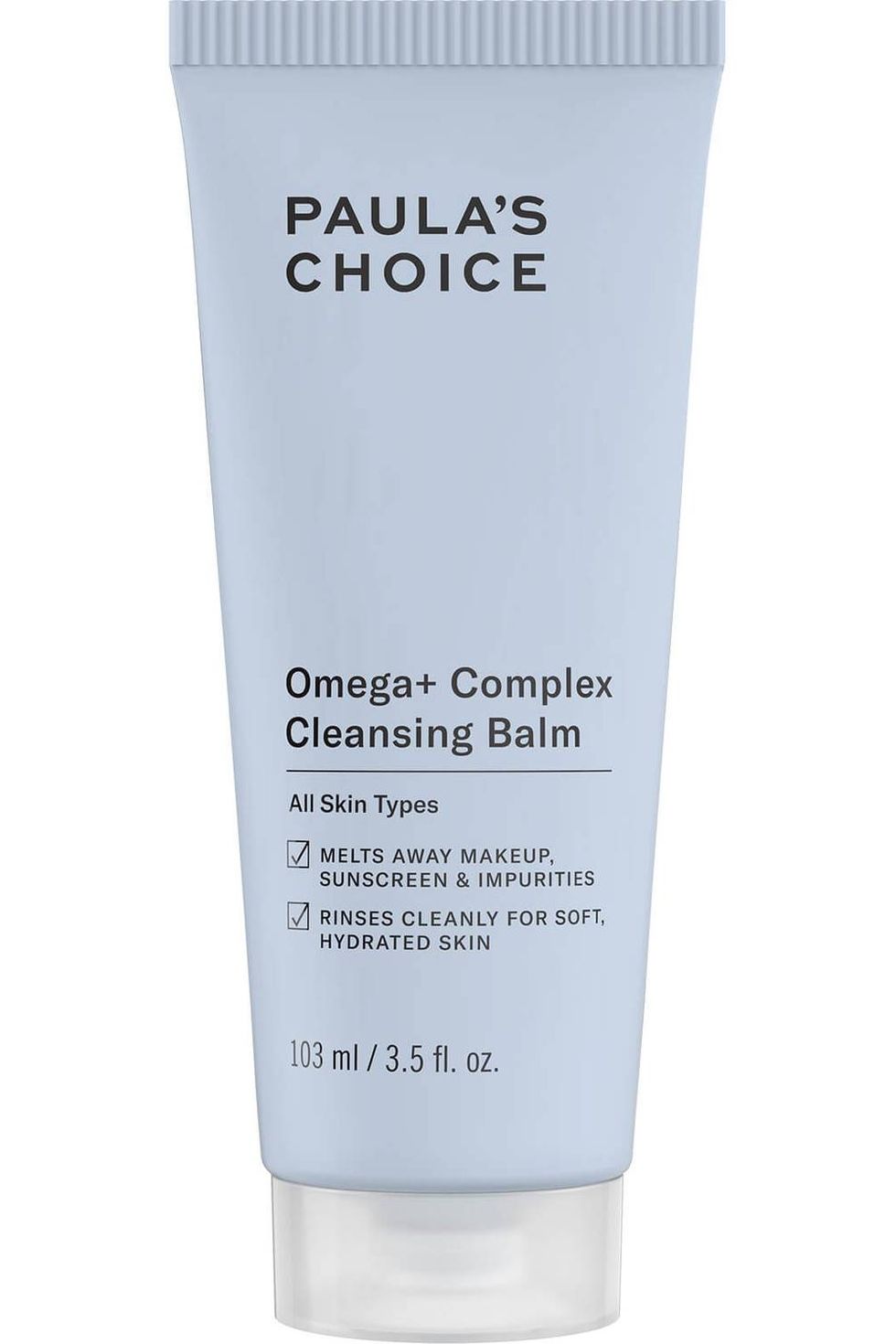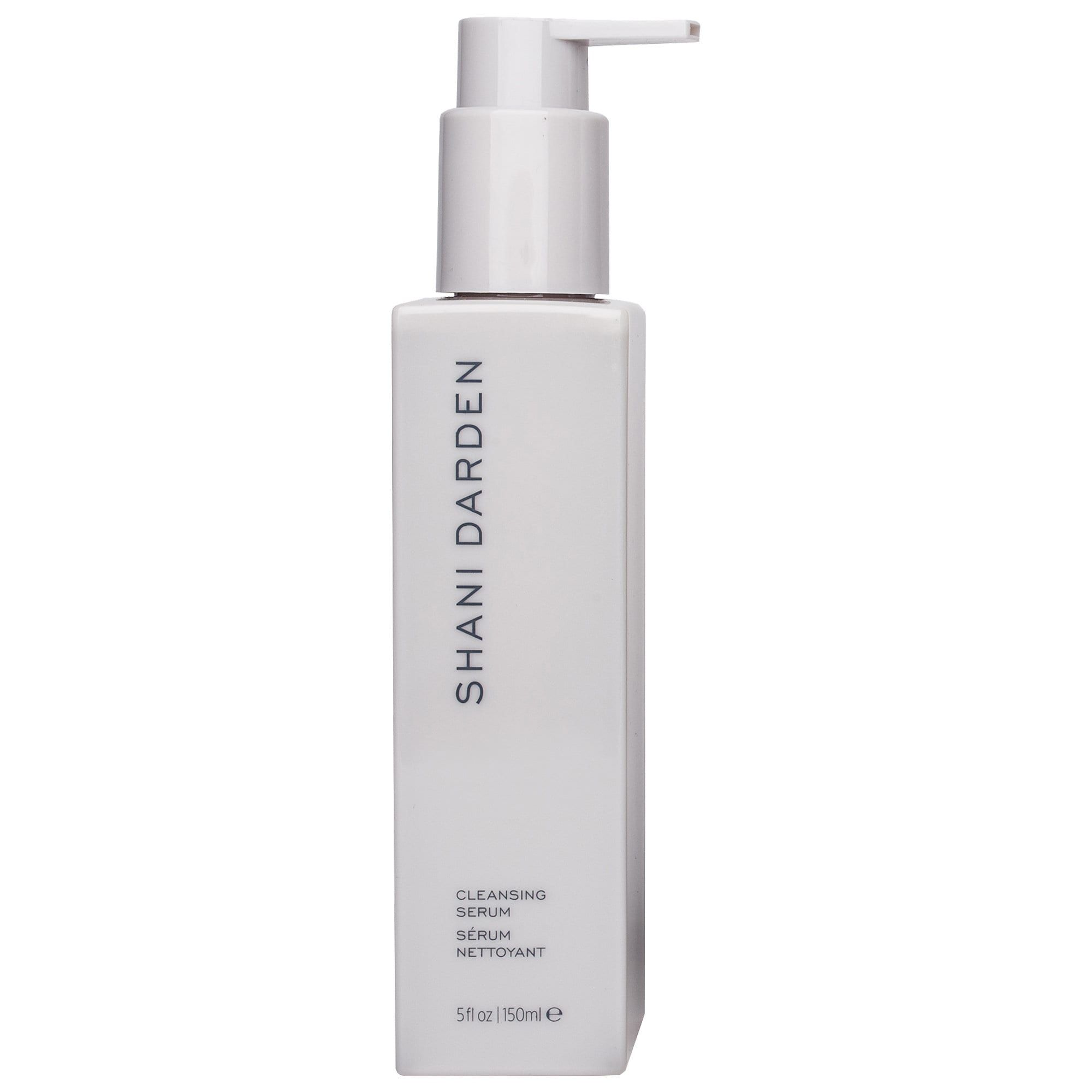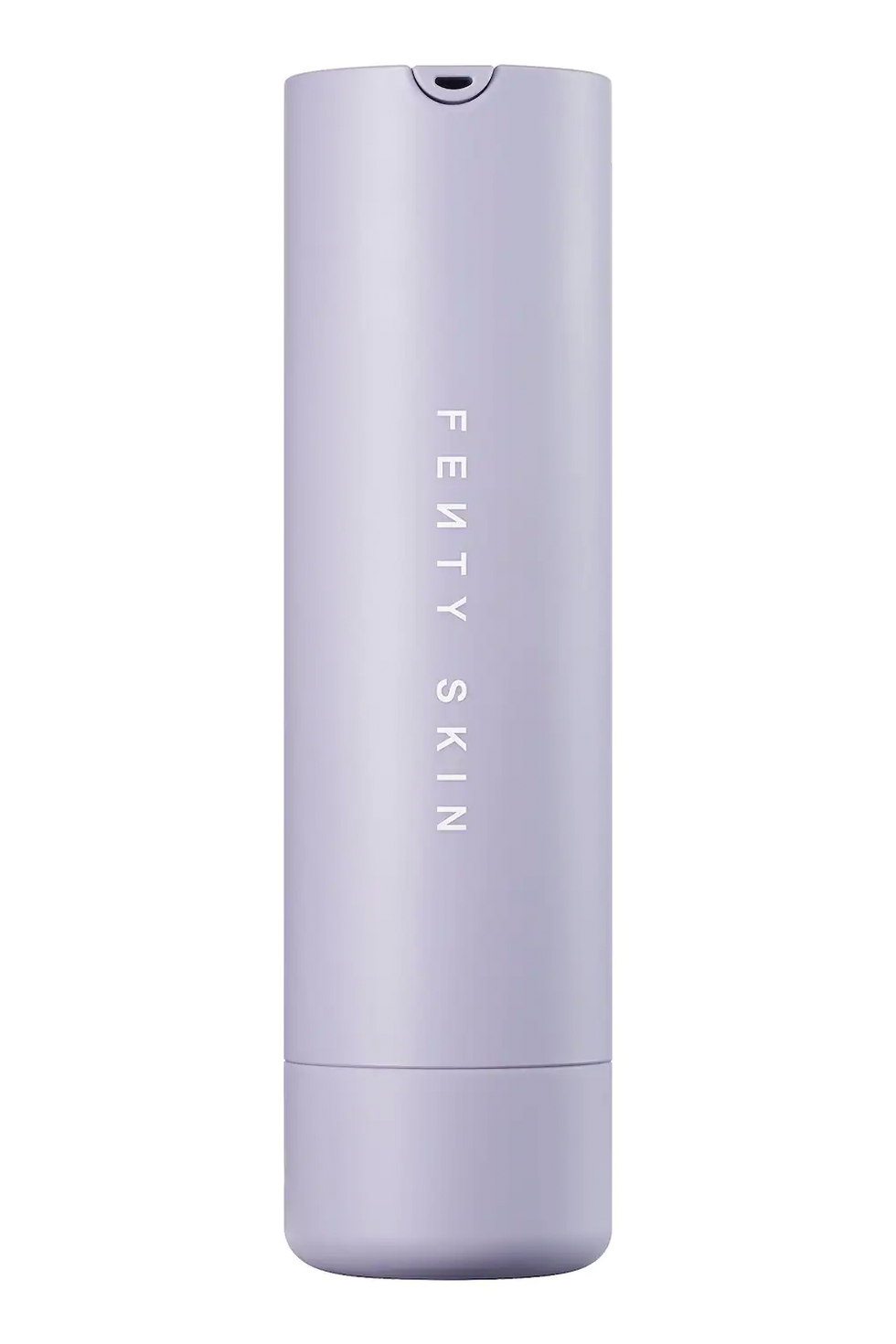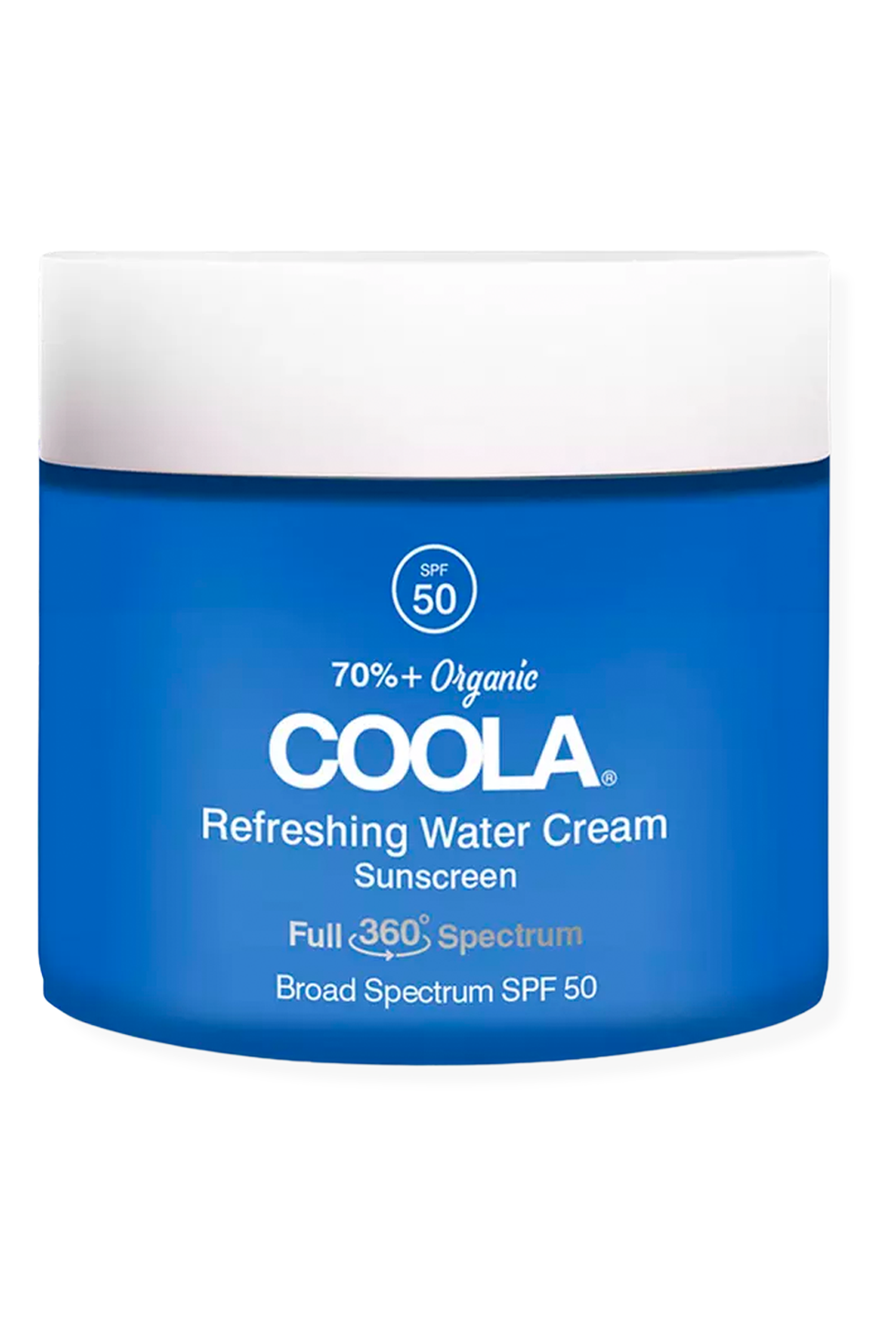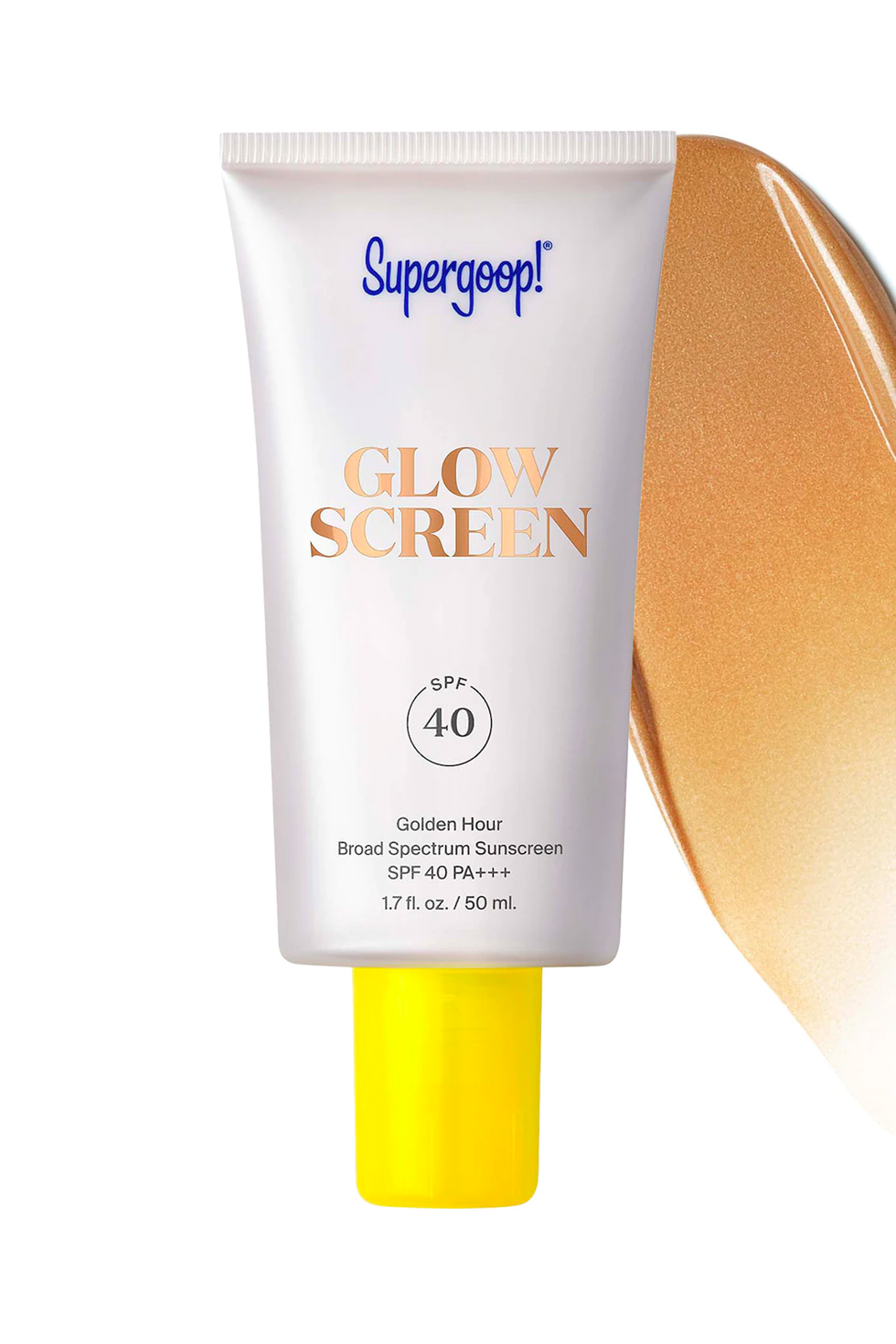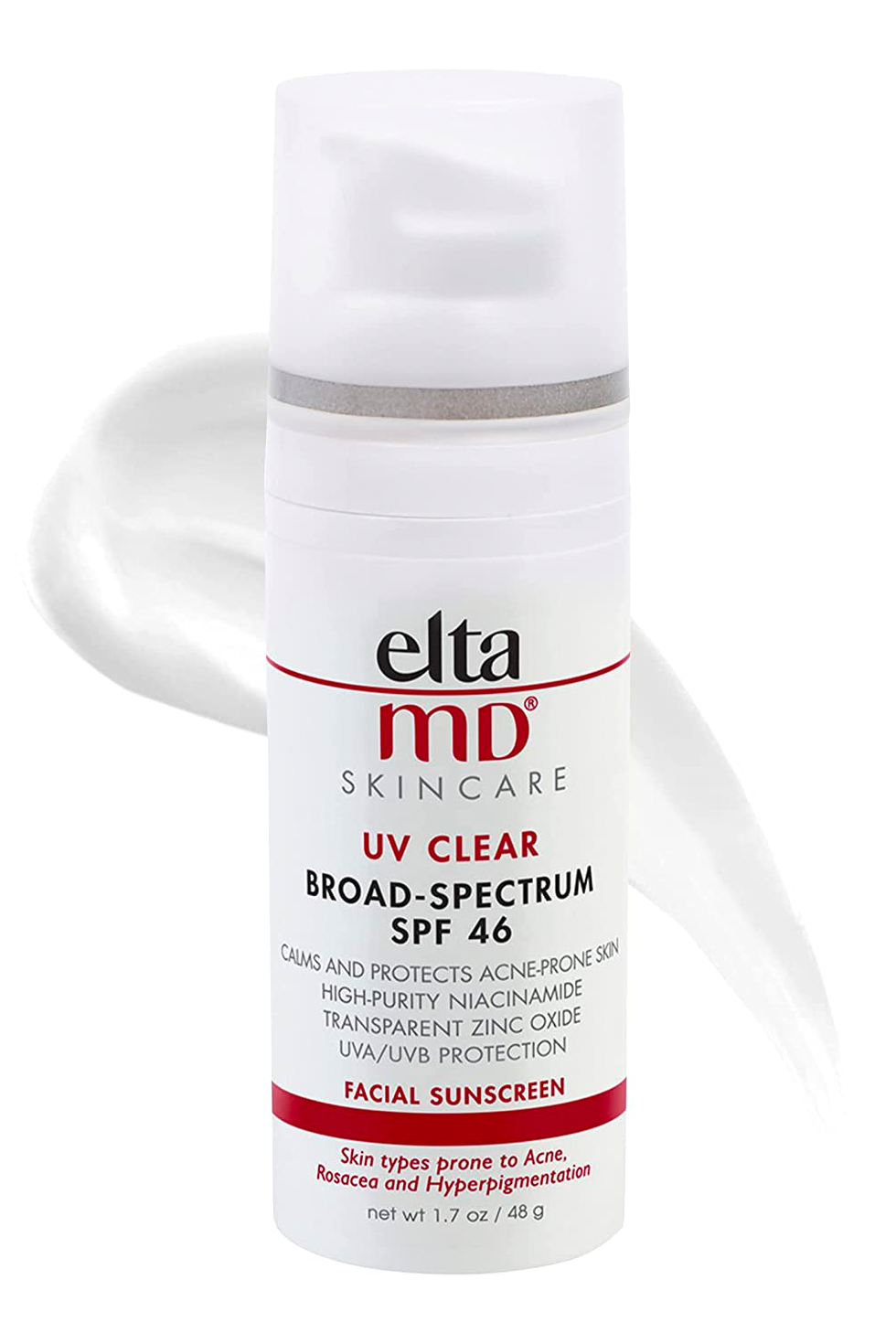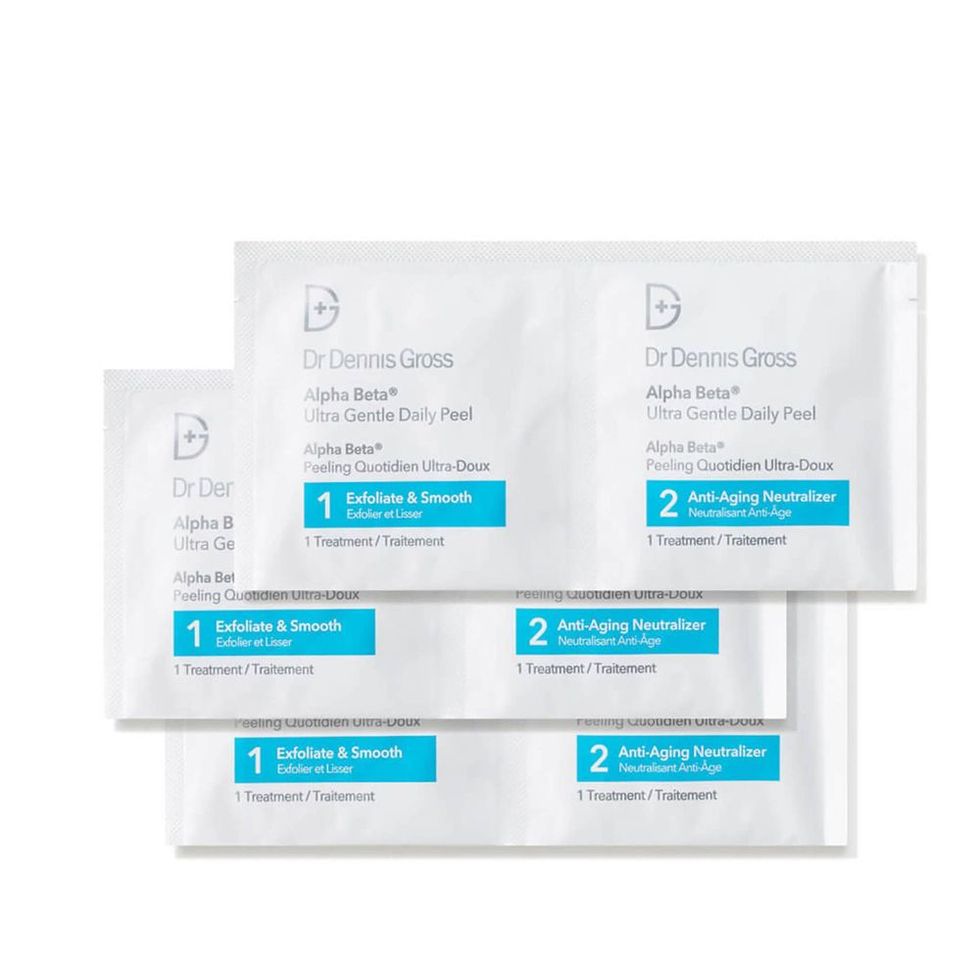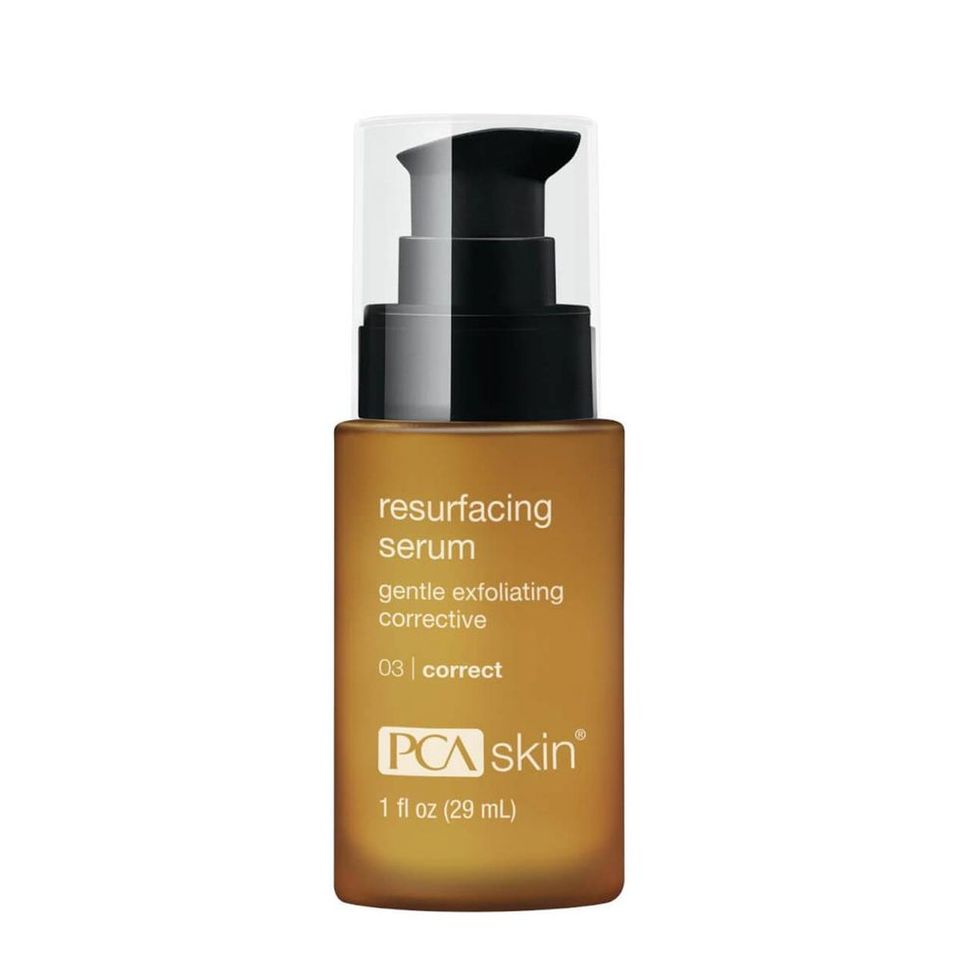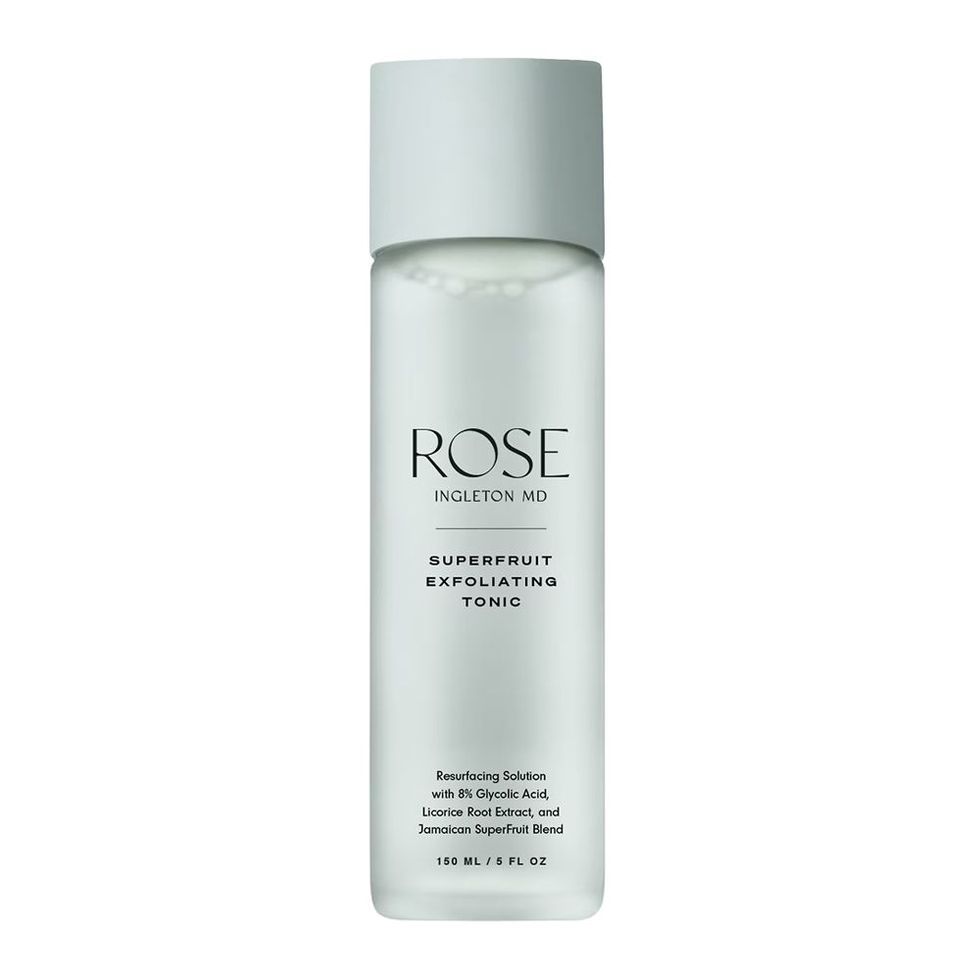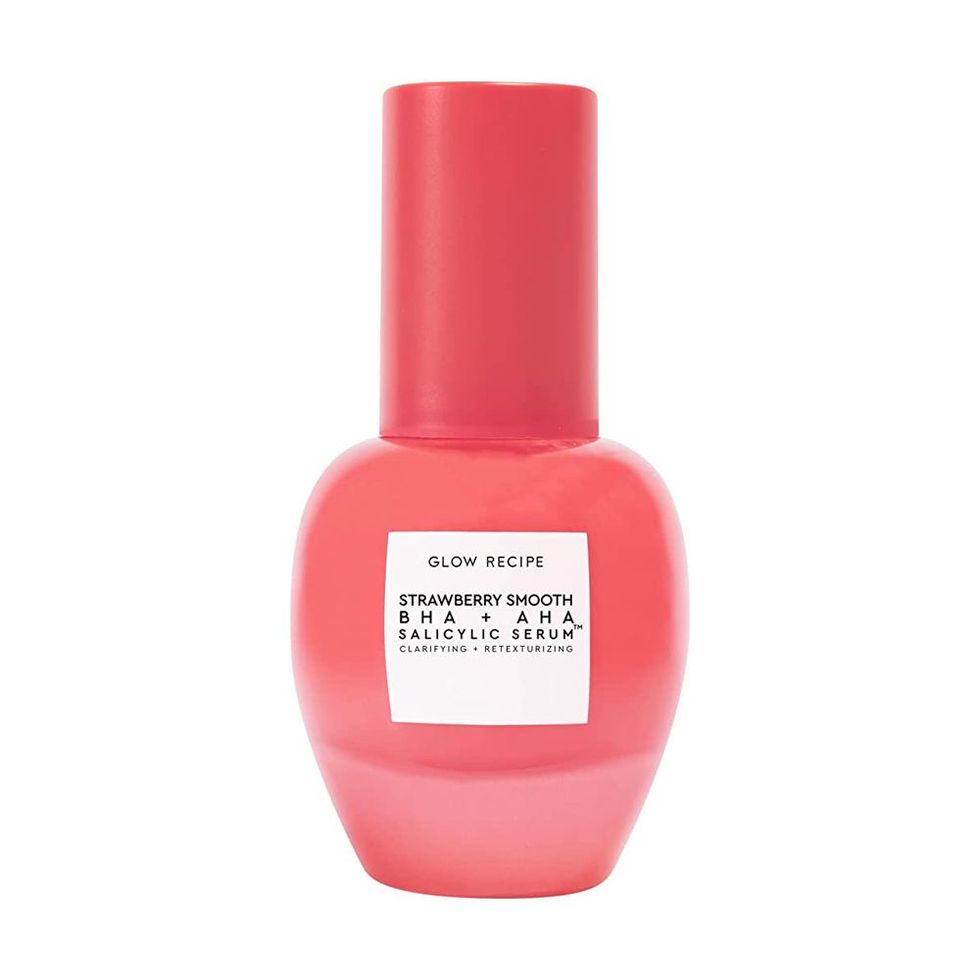Never have I ever used the word “glass” to describe my skin. Shattered glass, maybe. But smooth, shiny, ~flawless~ skin? Not once. So when the super-dewy “glass skin” look began to take off on TikTok a couple of years ago and continued on in this skin-obsessed post-pandemic world, I was a little (a lot) jealous. As much as I wanted a glassy, poreless face, perfection was never in the cards for me, what with my acne rosacea flare-ups, large pores, and uneven texture.
But after looking beyond the TikTok videos and deeper into the K-Beauty trend, I realized it wasn’t centered around impossibly perfect skin, but rather, your best skin possible. After clearing up all the misconceptions I had about the clear skin trend with celebrity esthetician Alicia Yoon (who, BTW, helped popularize it), I learned that with the proper morning and nighttime routines, even I could achieve the goal. I know, I’m as shocked as you are. Ahead, we share those exact routines and products you need to try the trend for yourself.
What is glass skin?
If you ask the internet, glass skin = perfect skin. But if you ask the experts, like Yoon, who helped bring the trend to the mainstream, glass skin is a perfectly attainable skin trend. As Yoon explains it, the term “glass skin” comes from the Korean phrase “yuri pibu,” which directly translates to “glass skin” and references healthy, luminous skin.
More From Cosmopolitan
“Glass skin is your skin at its healthiest—skin so healthy that it looks luminous, smooth, and clear,” Yoon explains, noting how her own skincare brand, Peach & Lily, contributed to the trend. “Glass skin was not a commonly used term, but Peach & Lily popularized this term after launching the Glass Skin Refining Serum and pioneering the glass skin movement in 2018.” NBD.
Is glass skin realistic?
Glass skin sounds like the opposite of real skin, but according to Yoon, it’s not. “I have extremely sensitive, eczema-prone skin and have struggled my whole life with problem skin,” she says. “I know what it’s like to feel like certain skin goals are out of reach.” And that’s why Yoon says she’s “passionate about sharing that glass skin is not about achieving an unrealistic, perfect skin ideal—whatever ‘perfect’ means—but it is about achieving healthy skin from within.”
Contrary to my prior belief, clear skin does not mean glass skin, so a few pimples shouldn’t stop someone from trying the trend. Think about it! Even someone can have zero breakouts but still not achieve healthy, glass skin if their face is dull and lacks hydration or moisture. And even prescription acne medication can easily be layered into the glass skin routine (keep scrolling for that full breakdown).
What is the secret of Korean glass skin?
According to Yoon, there are two key parts to achieving glass skin. The first is to nurture it with ingredients that support overall skin health, like essential fatty acids, vitamins, and minerals. For hydration, you’ll want to seek out humectants like hyaluronic acid or glycerin, and to calm and protect the skin, you’ll want to load up on antioxidants.
Secondly, target any specific issues with powerful-yet-gentle active ingredients to amplify your results. For instance, since many factors like excessive sun exposure, pollution, and other external and internal stressors can lead to both uneven skin tone and accelerated loss of firmness, Yoon says both brightening and firming ingredients (like retinol) are also great to incorporate into your skin routine.
How do you get glass skin?
If you came looking for a quick fix and some beauty hacks, you’re not gonna find it here. As we’ve learned, glass skin is about having healthy skin, and healthy takes time. The secret to glass skin is being diligent with your skincare routine and giving your face what it needs to look its best. And because no skincare routine is one-size-fits-all, we also tapped board-certified cosmetic dermatologist Michele Green, MD, to weigh in and further customize the regimen for different skin types. Ahead, Yoon’s step-by-step guide to glass skin.
1. Cleanser
Morning and night
The first step in any skincare routine? Wash your face, and don’t just wipe it down. Use a gentle face wash to protect the skin as you cleanse, and if you need to remove makeup, Yoon recommends double cleansing with a cleansing oil first, then following up with a face wash.
For acne-prone skin, Dr. Green recommends using gentle water-based cleansers that contain acne-fighting ingredients like benzoyl peroxide and salicylic acid, as well as soothing ingredients like vitamin C, niacinamide, chamomile, and green tea.
2. Essence
Morning and night
Now that your face is clean, you’ll want to start with a strong foundation of hydration and apply your treatment essence, a K-Beauty favorite. According to Dr. Green, essence refers to a water-based product with a high concentration of ingredients, like water, glycerin, hyaluronic acid, botanical plant extracts, and vitamins, that work to hydrate and support skin health. “Without hydration, many skin processes are less optimized and a chain reaction of skin issues can arise,” Yoon adds.
3. Retinol
Night
Retinol isn’t a required step for the glass skin routine, but Yoon recommends tacking it on in the evenings if you’re looking to smooth lines or if you want to amp up preventive skincare. If you have sensitive skin, take Dr. Green’s advice and seek gentle ingredients and avoid overusing retinol or harsh chemical exfoliants like BHAs.
“Retinol can irritate those with sensitive skin, so introduce it slowly into the routine, gradually increasing frequency as tolerated,” Dr. Green says, adding that you should stop using the retinol if your skin shows any signs of irritation.
4. Serum
Morning and/or night
Each step in your routine is equally important, but this one is a glass-skin-must. Remember the cult-favorite Glass Skin Refining Serum by Peach & Lily that helped popularize the trend? This is the time to pull it out to treat, hydrate, and illuminate your skin with hyaluronic acid, niacinamide, firming peptides, and calming madecassoside.
According to Dr. Green, the main difference between essence and serum is that an essence focuses on hydrating the skin, while a serum targets specific issues like discoloration or aging. The type of serum you use depends on your skin concerns, but a good place to start is with a brightening serum that contains highly potent ingredients, like vitamins C and E and kojic acid, azelaic acid, and glycolic acid. A formula like this will soften dark spots, even skin tone and texture, and bring a glow to your face—all things that lead to healthy-looking, glass-like skin.
5. Moisturizer
Morning and night
Now that you’ve applied all your glassy goodness, you’ll want to lock in all that hydration with a thin layer of moisturizer. Yep, even if you have oily skin. “Moisturizer is important even for oily and acne-prone skin,” Dr. Green says, explaining that skipping it can trick the skin into producing more oil to compensate for its lack of moisture. “Moisturizers not only bring moisture to the skin, but they also seal in highly concentrated serums and essence.”
6. Sunscreen
Morning
For your morning routine, your very last step will be to apply broad-spectrum sunscreen suited for your skin type. “UV rays penetrate the deepest layers of the skin and cause cellular changes that contribute to skin cancer and premature aging,” Dr. Green explains. “These signs of aging include brown spots, fine lines, wrinkles, skin laxity, loss of elasticity, and uneven skin texture.” The key to maintaining your glass skin is protecting it, so don’t skip this step.
7. Exfoliator
One night a week
The frequency of exfoliation depends on your skin’s needs and tolerance, but Yoon recommends exfoliating roughly once a week to renew the skin and reveal the glow hiding underneath any dead skin cells. And Dr. Green agrees. “Exfoliation is beneficial for all skin types as it cleanses clogged pores, removes dead skin cells, encourages skin cell turnover, diminishes pigmentation, and helps other skincare products penetrate deeper,” Dr. Green says. “Those with acne-prone skin should seek chemical exfoliants with BHAs like salicylic acid.”
So there you have it! Follow the above steps consistently, and you’ll be on your merry way to glass skin. And remember: no skincare routine is perfect for everybody, so if you’re not seeing the results that you want, make an appointment with your dermatologist to personalize a routine specifically for you. Because at the end of the day, glass skin isn’t about achieving the impossible, but rather, your best skin possible.
Meet the experts:
- Alicia Yoon is the founder and CEO of Peach & Lily and a celebrity esthetician known for her signature glass skin facials. Yoon is an expert in skincare ingredients, formulas, and techniques in both Korea and the US.
- Michele Green, MD, is a board-certified dermatologist who is based in NYC. Dr. Green specializes in cosmetic dermatology and has been named one of the Top Doctors in New York by Castle Connolly.
Why trust Cosmopolitan?
Brooke Shunatona is a contributing writer at Cosmopolitan for over three years and has 10 years of experience writing about beauty, fashion, and lifestyle across print and digital. She’s an authority in all skincare categories but particularly loves poring over skincare ingredients, like allantoin and hyaluronic acid, and reviewing in-office treatments, like vampire facials. She regularly interviews the industry’s top dermatologists to assess new formulas and treatments.

Brooke Shunatona is a contributing writer for Cosmopolitan.com.


